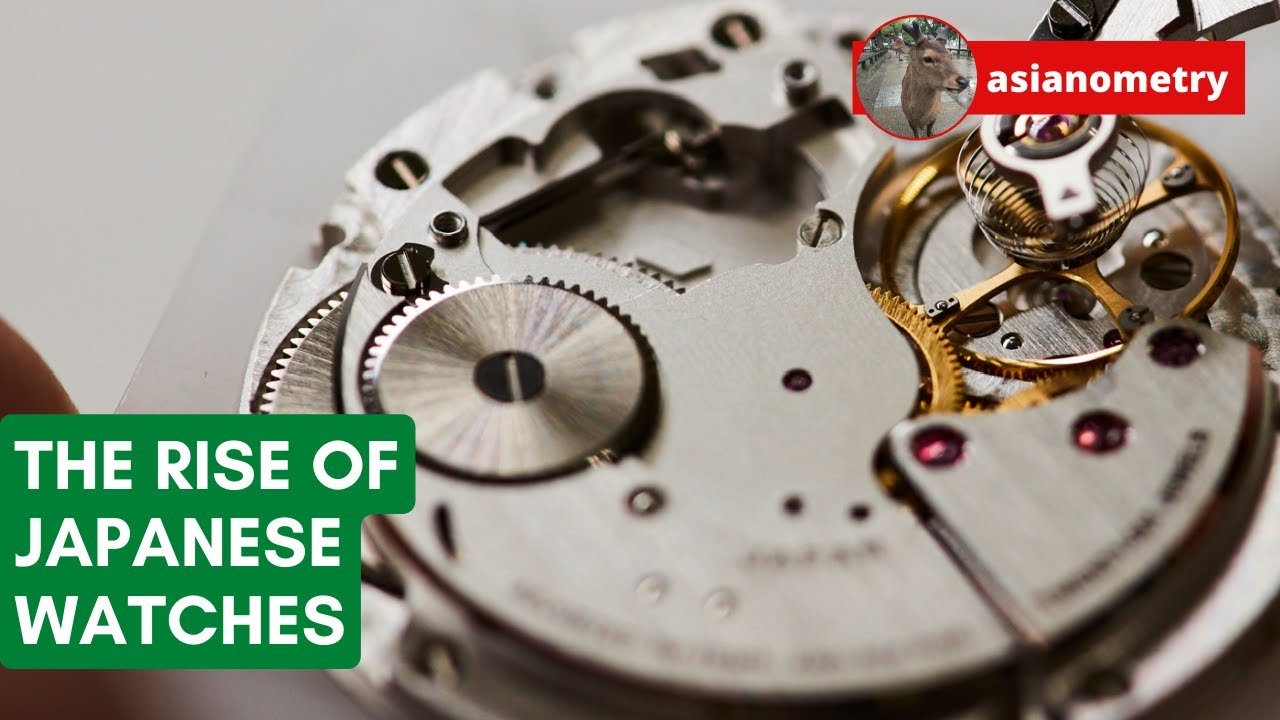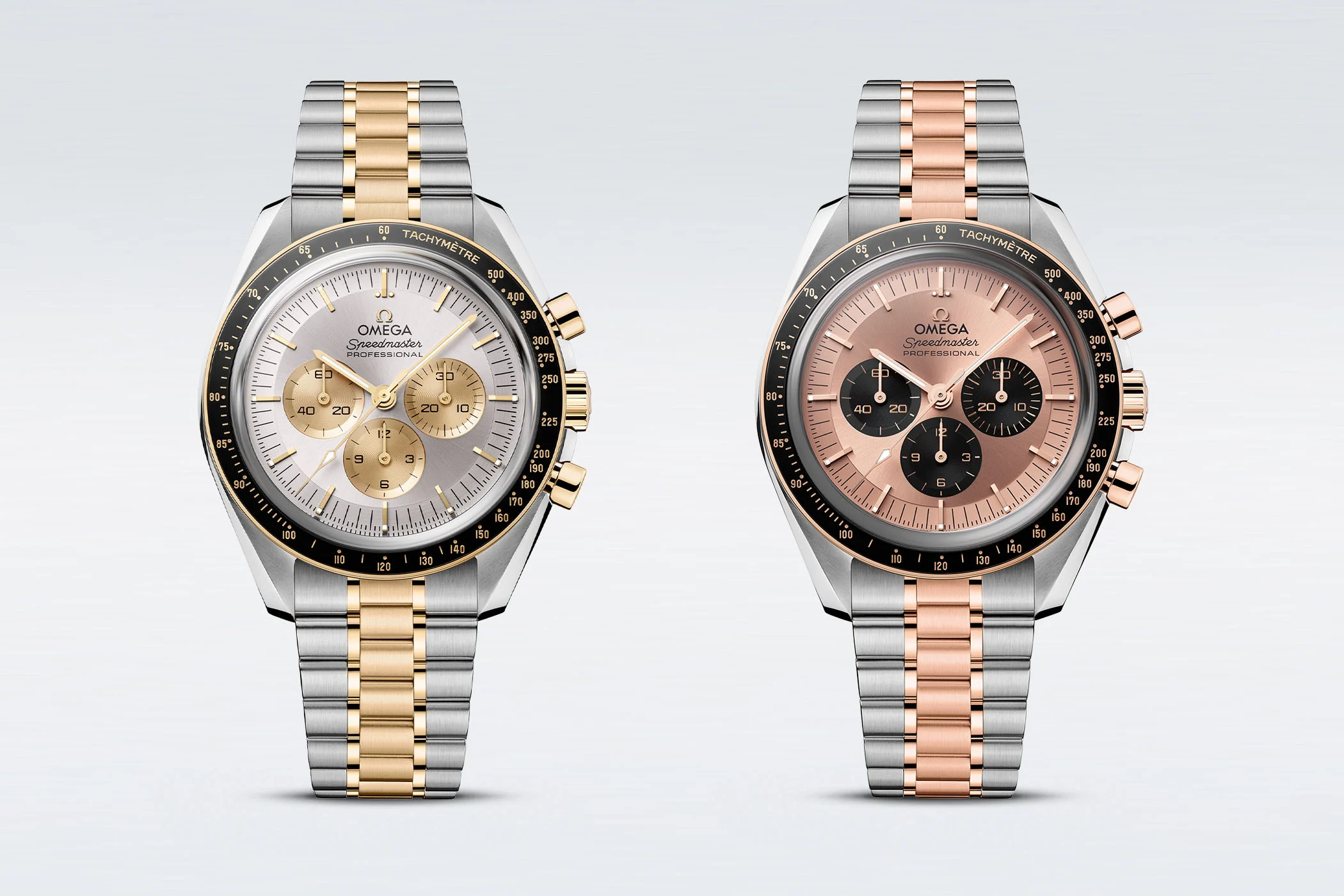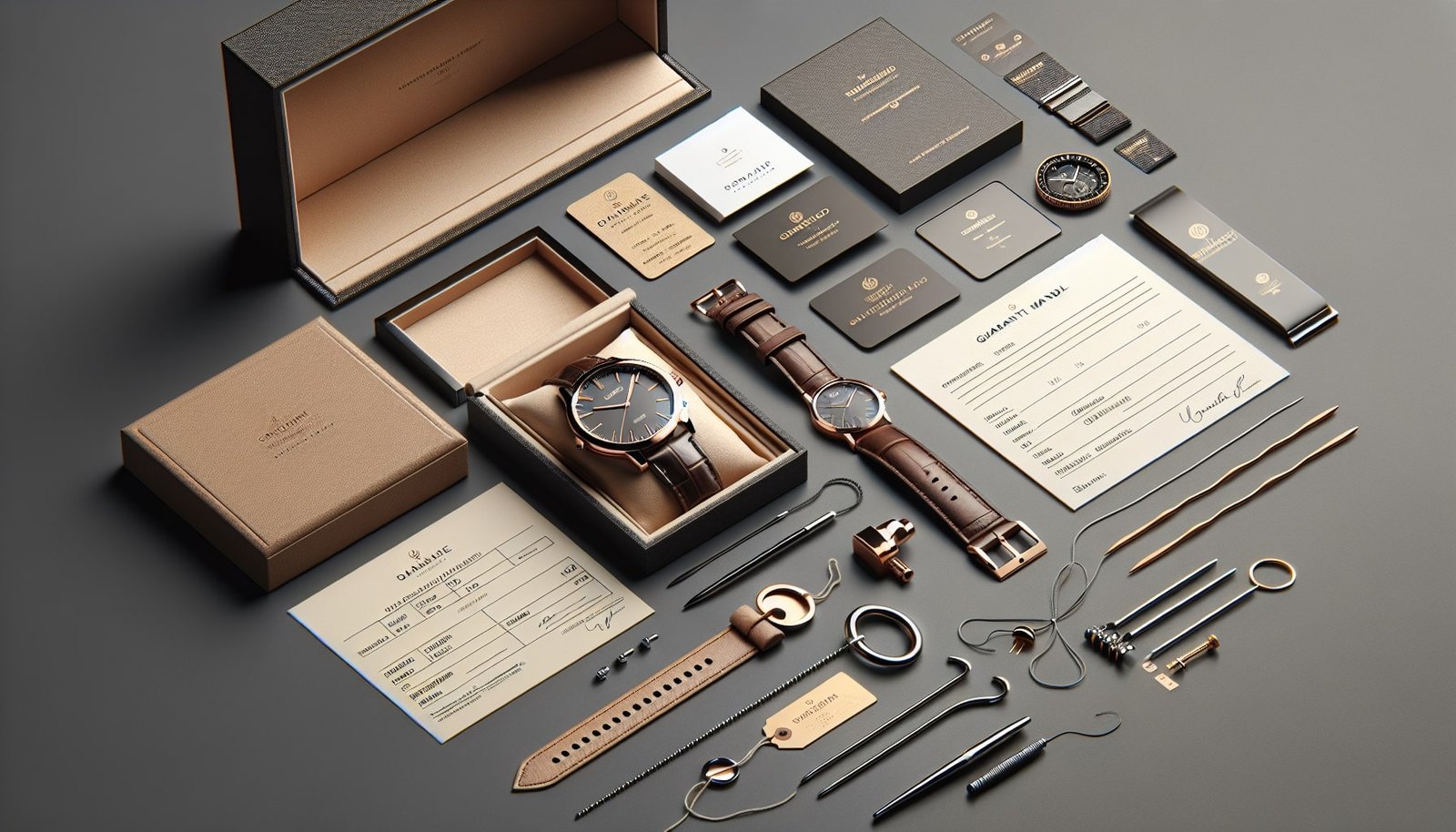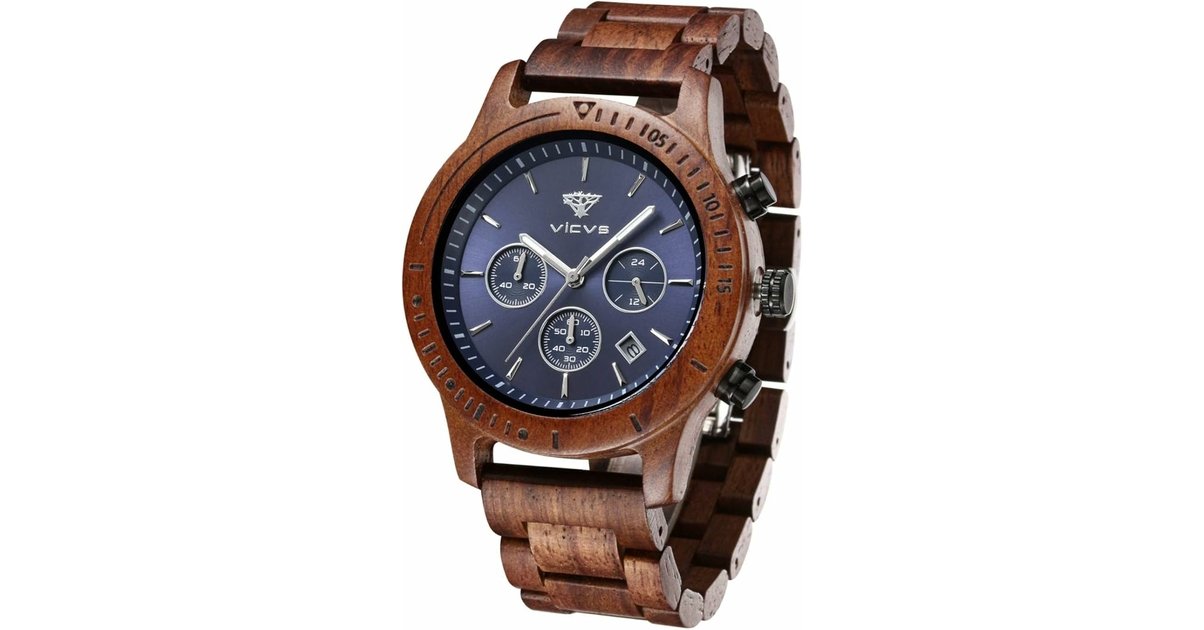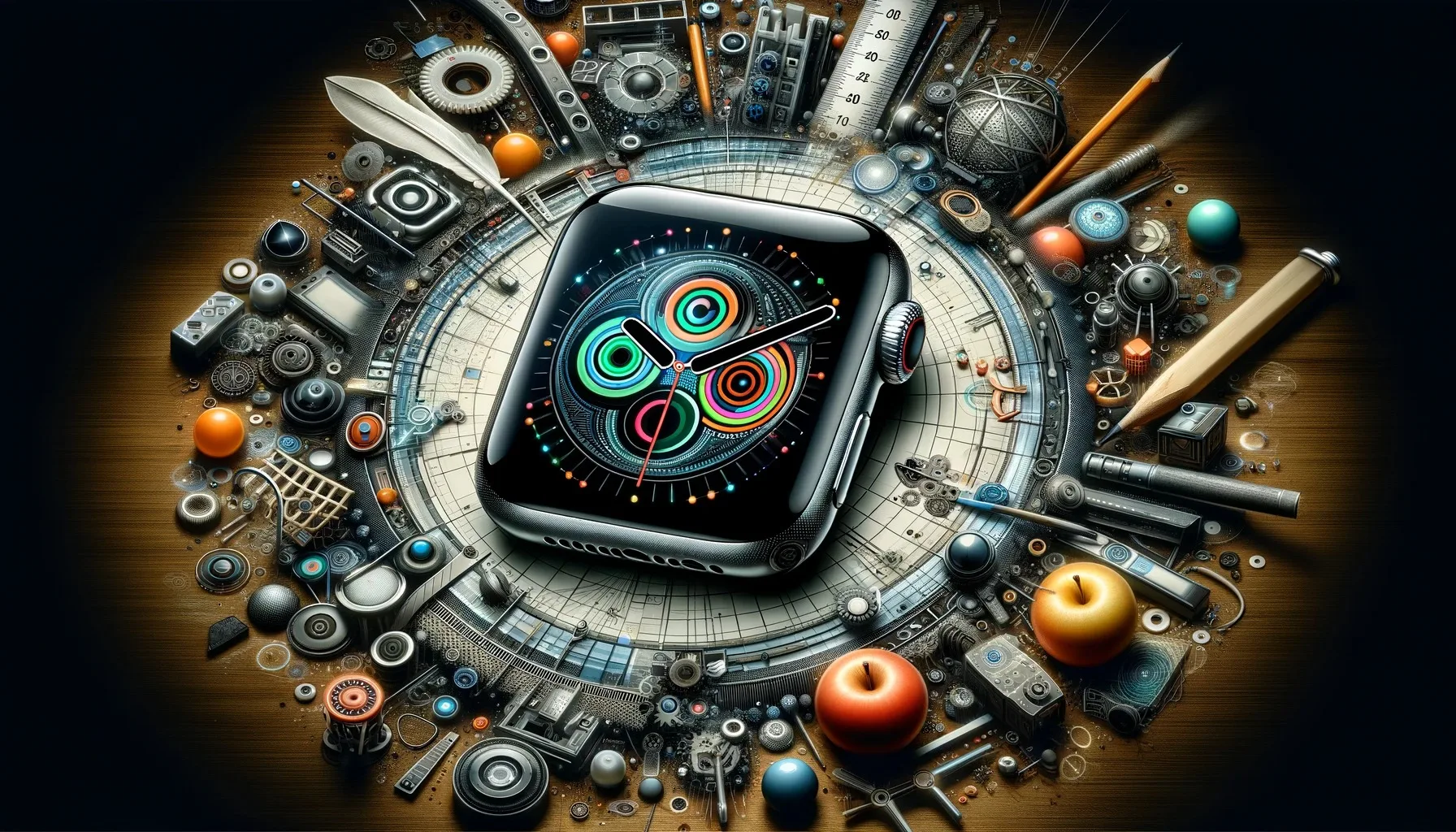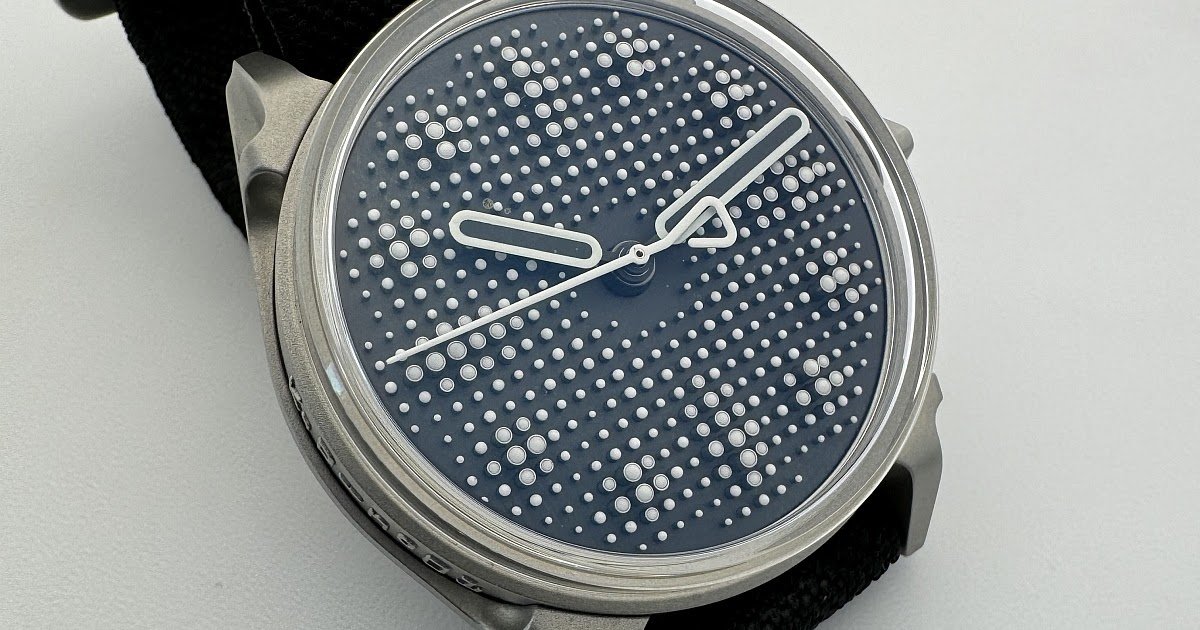At the time of Japan’s opening up, almost all of the world’s watches came from either the United States or Switzerland. The Swiss sought to keep their secrets from leaking out to other countries. But those secrets still got out, and with them Japan became one of the biggest makers of watches in the world.
In this video, we are going to look at the start, rise and peak of Japanese watches. ## Beginning At the turn of the century, the watch world had been divided between the US and the Swiss. But the ways in which the two succeeded were very different.
In the United States, a small number of big companies like Waltham Watch and Elgin Watch produced hundreds of thousands of pocket watches for domestic consumption. These simple, cheap watches were made with screw automation technology adapted from sewing machines. The Swiss watch industry, on the other hand,
Was the total opposite. The industry consisted of many small companies contributing to a wide range of high-precision time pieces – so a little more high class. In 1901, Swiss statistics found that there were 663 watch-industry firms, employing 24,858 people. The largest company, Longines, employed just 853 of that.
In 1905, Longines produced 130,000 pieces. In comparison, Waltham was producing multiples more pieces annually just a few years prior. Swiss diversity had been a strength, producing many products to cater to everyone’s needs. All of them were exported abroad. Switzerland dominated the pocket watch export market – with something like 93% market share.
## Timepieces in Japan When it came to building up railroads, telegraphs or the military, Japan rapidly adopted Western technologies. The government’s overarching goal was modernization. They wanted to catch up with the West. So back then, clocks were all the rage as it fit in as part of their overall
Modernization movement. When Westerners first started importing watches into Japan during the 1860s, the items were mostly seen as deluxe goods for the social elite. In 1868, Japan reported that 1,185 wall clocks and just 300 pocket watches were imported into the country. By 1887, over 700,000 clocks entered Japan.
They were installed in hospitals, schools, town halls, and post offices. ## Clock Factories During this period of time, Japan sought to wean itself off clock imports from the United States. Since clocks were technologically simpler than watches, the Japanese early clock industry focused on replicating them.
In 1888, Hayashi Shihei, a timepiece retailer, opened Japan’s first modern clock factory. It was a success and Hayashi opened five more factories in Osaka, Tokyo and so on. Japan’s clock industry rapidly gained competence in clock manufacturing, with production volume going from 370,465 pieces in 1905 to 1.2 million in 1922.
There were over 20 clock factories on the eve of World War I. At first, domestic demand – and military demand in particular – drove this market. But Hayashi started exporting its excess production to cities of the Far East like Shanghai, Singapore, Hong
Kong and Bombay. By the 1930s, Japan was a clock exporting power with 35% of the total market. ## Watches in Japan Over the same time period of time, people started wearing pocket watches. In 1887, it was estimated that just 0.8% of Japanese
Regularly wore watches. That number grew to 4.2% in 1897, and then finally 10% in 1907. As pocket watches got popular, Japanese companies sought to make them. The biggest of which was a Japanese company called Hattori & Co, founded by Hattori Kintaro.
Hattori learned the watch industry at the age of 13 in a clock dealership in Tokyo. Then in 1877 at the age of 17, he opened up his own shop – which repaired and resold watches. In 1881, he married the daughter of a watch trader. He purchased a
Shop from his new father-in-law and started selling imported Swiss and American watches. To acquire his product, he rode the railroad to what is now Sakuragicho Station in Yokohama to meet with Swiss trading houses. When the Japanese clock boom arrived, Hattori saw the opportunity and in 1895
Opened his own factory, making wall clocks and then high-end grandfather clocks. He gave that factory the name: Seikosha. ## Import Substitution A mechanical watch uses very small, precision-made parts assembled in a painstaking process that took a lot of time and skill. A watch’s heart and soul are its
Movements or movement parts – the parts that keep the watch ticking accurately. Japanese watches couldn’t compete with Swiss and American companies. They weren’t as thin, accurate or reliable as their competitors. They also cost more than their imported competitors. The selling quantities
Were not high enough for the Japanese factories to gain economies of scale. These Western imports had poured into the country so freely because in the mid-1800s, Japan and the United States signed an unequal treaty opening up several treaty ports in the country.
But in 1899, that treaty lapsed and Japan regained sovereignty over their trade relations. The Japanese government then immediately embarked on an import substitution policy – raising tariffs to deter imports and protect domestic manufacturing. Before 1899, silver and nickel watch imports had a 5% tariff, pretty low.
After that year, those rates went up to 25% and then 40% in 1906. The Japanese did similar actions for bicycles, machine tools, hydroelectric turbines, sewing machines, and automobiles. ## Chablonnage Protected from Western imports, Hattori’s watchmaking business took off. From 1906 to 1930,
His clocks took 48% of the domestic market and his watches, 85% of the market. Government protection and high tariffs were definitely part of the reason why he did so well. But not the only one. Hattori’s company improved their manufacturing capacity by focusing on automating a small number of select Swiss-inspired models.
Hattori’s company released 25 watch types between 1895 and 1937. Just three of those types sold well: The 1909 Empire pocket watch and two wristwatches – the Laurel and the Seiko. To gain expertise in producing these, Hattori hired engineering labor from Tokyo universities to disassemble Swiss watches and learn how to put them together.
And more importantly he sourced raw watch parts from Switzerland – which weren’t subject to tariffs. From 1915 to 1935, Switzerland provided 69% of Japan’s watch parts. This practice of first importing disassembled watch movement sets and putting them together inside the borders was referred to as “Chablonnage”.
Named after the word “Chablon” which means “movement sets”. From 1895 to 1899, Japan imported 22,500 watch movements from the United States and Switzerland. Then in 1900, the first year of the tariffs on finished watches, Japan imported 122,000 movements. And then in 1905, 250,000.
By then Japan was importing far more movements than finished watches. ## Citizen The Swiss watch industry became concerned – rightly so – that Chablonnage would be their long term downfall. Transferring critical watchmaking expertise to other countries. Here’s another example.
In 1894, a Swiss citizen – Rodolphe Schmid – settled in Yokohama and opened a trading company. His company first started out by importing and selling complete watches, but changed after Japan raised the tariffs. In 1908 after the second round of tariff increases,
He began importing Chablons into Japan. There at his workshop in Yokohama, Schmid finished his watches with cases imported from his family’s watch case factory in Switzerland. Then in 1910, Schmid shifted the entire process – case making and all – to Japan, which infuriated and alarmed members of the Swiss watch industry. In 1912,
He moved his Yokohama factory to Tokyo where his company started to get very large. In 1930, under sketchy and uncertain circumstances, Schmid acquired a watchmaking workshop called Shokosha. That workshop was renamed to the Citizen Watch Company, a name Schmid had owned since 1918. Citizen would rise to become the
Japanese industry’s second significant watch maker after Hattori & Co or Seiko. ## Cartel What happened in Japan was the sum of all Swiss fears. In 1935, Hattori’s watch factory became the single largest in the world. And what’s worse, Hattori and Citizen started expanding abroad. One advert read:
> “Our watches are Japanese made. The Japanese worker’s extraordinary aptitude for any type of fine, painstaking work as well as his exceptional output are well known.” With watch exports declining throughout the 1920s, the Swiss reorganized their industry into a cartel. Parts suppliers signed agreements called watchmaking conventions,
Making it so that they can only do business with each other. A holding company was set up – named ASUAG – to purchase all the various movement manufacturers. In 1934, the government stepped in, eventually controlling all watchmaking activities and monitoring all exports of watch parts and machine tools.
Chablonnage was made illegal. This largely managed to achieve its goals. For the next few decades, the Swiss watch industry enjoyed high profits and a consistent 50% share of the global watch market. ## The War The 1930s also saw a market transition from pocket watches to wristwatches.
Watches also gained new features like self-winding movement, calendars, and waterproof cases. All the while become smaller and more complicated. Then came World War II. Most watch companies with the exception of the Swiss halted their production and saved their metals for the war effort. Many companies were drafted into producing
Precision tools. The Swiss stayed neutral, giving them a leg up in the global market. America’s watch companies struggled in the wake of the War, unable to compete against cheap Swiss watch imports. Despite new tariffs from the US government, the American watch industry entered a long term decline and consolidation.
Hattori & Co pushed hard to get through that post-war slump and compete on an even footing against the Swiss. They copied Swiss machine tools, studied Swiss methods during trips to Europe, and worked through loopholes in the cartel system. By 1966, Hattori would eventually produce mechanical watches that performed
As well as their Swiss counterparts – establishing themselves as world leaders. But at the same time, the company sought to bring to market a new type of watch. One that would completely disrupt the mechanical watch world. ## The New Watch
The technology principles behind the quartz watch have been around for a long time. In the 1880s, Pierre Curie, husband to the legendary Marie Curie, discovered that if you applied pressure or alternating current to a quartz crystal it vibrates. And it vibrates at a very consistent number: 33,000 times a second. Such a
Property could be leveraged to make timepieces far more accurate than any mechanical clock. Then in 1927, an engineer at Bell Labs created a high-precision quartz clock the size of a whole room. Ultra-accurate timekeeping hadn’t been his intention with the device,
But he did note that it could serve as one. In the years since, a quartz crystal-making industry sprung up to supply radios. Then in 1960, watchmaker Bulova – one of the big two American watchmakers left standing – rolled out the first commercial electronic watch.
They unveiled the Accutron with a big marketing blitz across 13 US cities. Accutron wasn’t quartz powered, but rather used a 360 hertz tuning fork. The watch was 10 times more accurate than a mechanical watch while using far fewer discrete parts.
Accutron’s tech was developed by the Swiss scientist Max Hetzel, who only turned to the American watch markets after he couldn’t interest anyone in Switzerland with his ideas. Bulova with the Accutron turned out to be one of those cases of first-mover disadvantage.
They stuck to their tuning fork technology even after it became clear that quartz was the future. They were eventually acquired by the conglomerate Loews. But the Accutron nevertheless shocked the industry and kicked into motion a surge of technological development in electronic watches across the United States, Japan and Switzerland. ## Making the Quartz
In 1959, Hattori – now Seiko – formed a new team to commercialize quartz timekeepers. With the transistor’s commercialization, small circuits can now feed power into a quartz crystal, measure its oscillations, and translate them into second pulses. Their first goal was to have a portable quartz chronometer
In time for the Tokyo Olympics in 2021 … oh wait I mean 2020 … no it can’t be that … 1964! There we go. Somehow this group of ragtag mechanical engineers managed to ship this electronic quartz-based chronometer. After that they set out to miniaturize the technology into a watch.
The watch they eventually produced was a mishmash of ill-fitting components. Without access to advanced integrated circuits, they created a hand-soldered hybrid circuit made of 76 transistors, 29 condensers, and 84 resistors. The original in-house team at Seiko had actually failed to master the CMOS production process.
So they outsourced the work to the American firm Intersil. Intersil completed the project and signed over their process knowledge to Seiko. Seiko produced much of their transistors in-house but occasionally tapped capacity at the country’s big producers: Hitachi, NEC, and Toshiba. The Seiko Astron SQ went on sale in Tokyo on Christmas Day 1969
For what would be $31,000 today. This elegant limited-edition gold watch had a simple, functional look, but the thing heralded a revolution. Seiko chose to market the Astron with the line: “Someday, all watches will be made this way.” They were right. ## The Hamilton
The Astron was revolutionary, but its sales numbers the first few years did not set the world on fire. In 1971, Hattori announced that they sold just 3,000 Astrons. Digital watches needed another piece before they really stormed the gates. Out in Pennsylvania, a company called Hamilton Watch was working on their own quartz watch.
Seizing on a new technology called Light Emitting Diodes, they ditched the hands and dial completely and just displayed the time and date. Hamilton called their Pulsar a “wrist computer” – decades before the Apple Watch became a thing. It was first released as a P1 version in gold,
Taking a luxury fashion angle to offset the high cost of production. But it really took off when James Bond wore a P2 version in the movie “Live and Let Die”. Never watched that one. More of a Sean Connery fan myself. Anyway, by the mid-1970s LED quartz watches had become the market standard.
In 1974, world consumers bought 650,000 LED watches and analysts predicted that number would rise to 10 million in a few years. LED watches would eventually give way to LCD watches, due in part to their better battery life consumption. ## Quartz Crisis
Various integrated circuit firms and traditional watch companies rushed into the digital quartz watch category. They were excited to find a killer app for which they can sell their chips. For instance, Texas Instruments sold a digital, solid-state LED watch for between $95 and $175 in the same retail outlets who sold their calculator products.
Even Intel had their fingers in the watch pie for a little bit. In 1972, the company acquired digital watchmaker Microma and made smartwatches. Casio was another one of those companies, having started as a calculator company. They went head to head with US firm Timex at the low-end,
Offering their low priced models in drug stores across the country. Japanese watch exports into the United States – a critical Swiss market – exploded. Export value grew nearly 10 times over, reaching 26 million USD in 1975. Watches were nearly 20% of total Japanese exports.
Swiss exports stagnated and their market share plummeted from 83% at the start of the 1970s to just 20% in 1980. By 1985, Japanese watch exports into the United States totaled $373 million. Seiko, Citizen, and Casio watches had effectively pushed the Swiss out of their most valuable market. ## What Happened
It is important to note that Japanese mechanical watches were as good as Swiss watches before the Astron came along. Hattori’s acquisition of Swiss technologies and expertise is a reflection that export restrictions don’t always work as planned. But the Swiss watch industry really fumbled the industry shift to quartz despite long being aware
Of the technology. They had even demoed their own prototypes in 1967, 2 years before the Astron. But the Swiss took a great deal of pride in their mechanical heritage. And their sprawling industry structure of many small firms worked against them. No individual Swiss company
Had the resources, initiative, or broad expertise to build such a thing on their own. A mechanical watch – and a consistently accurate one – is hard to make. You needed trained artisans and painstaking effort. A digital watch made with modern semiconductor production methods overwhelms all that human training with titanic scale.
Quartz watches ended the Swiss grip on the global watch industry. As late as 1974, they had 40% of the global market. Ten years later, that share shrank to just 10%. By 1983, over half of the country’s watchmakers had gone bankrupt. ## Conclusion
Due to necessity, the Swiss had also shifted to Quartz technologies. And for a brief period of time it seemed like mechanical watch production techniques would be lost to the sands of time. But the Swiss mechanical watch industry has made a bit of a comeback since then – having recognized
That their products have value beyond just accurately keeping the time. Restructuring into the Swatch Group, the Swiss created luxury watch brands, and have since thrived in their niche. The Japanese watch industry on the other hand peaked in the 1980s. Challenged by industrial competitors in Hong Kong
And then China, the industry stagnated and relocated their manufacturing abroad. They have since struggled to return to the peaks of their glory years. But that is a story for another time.
